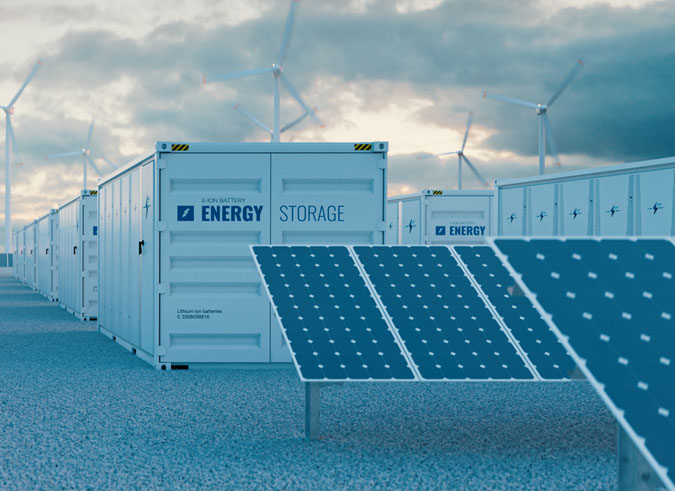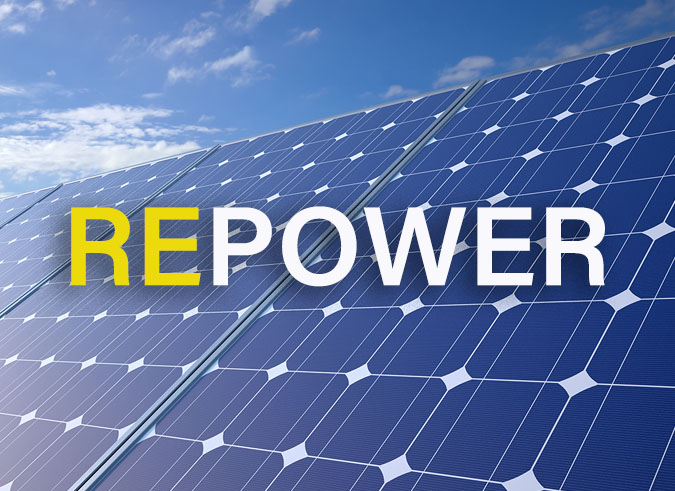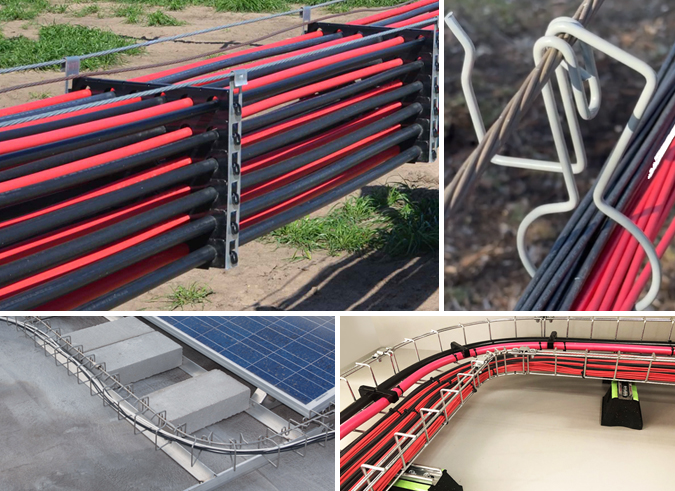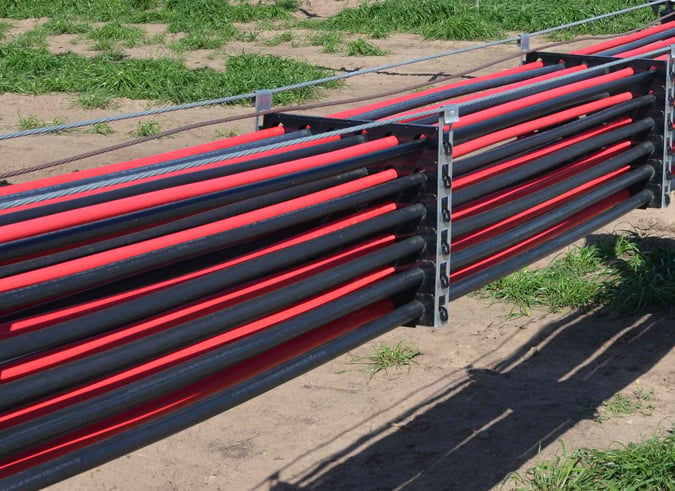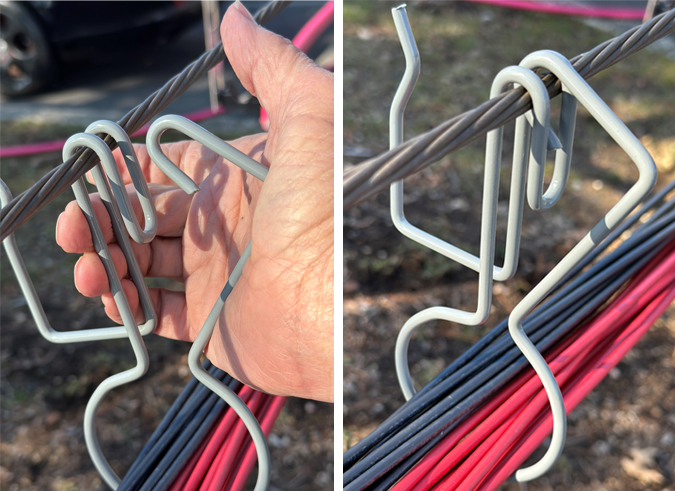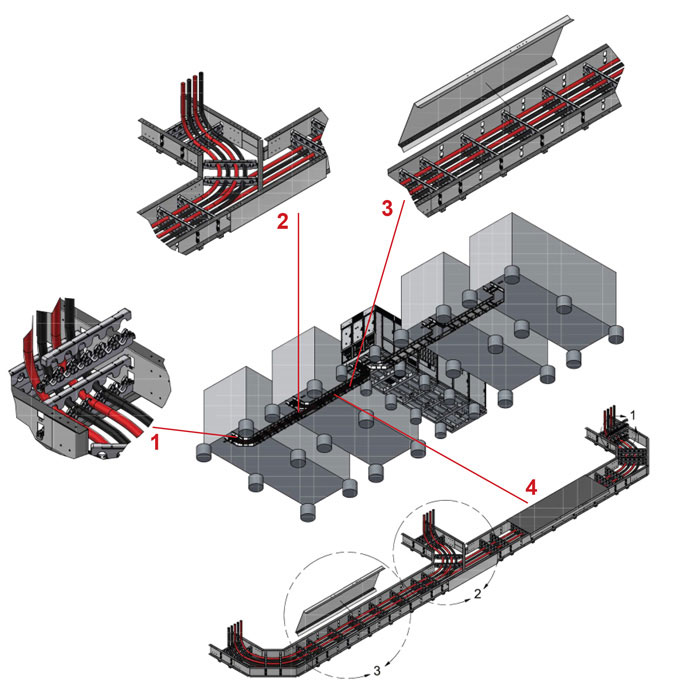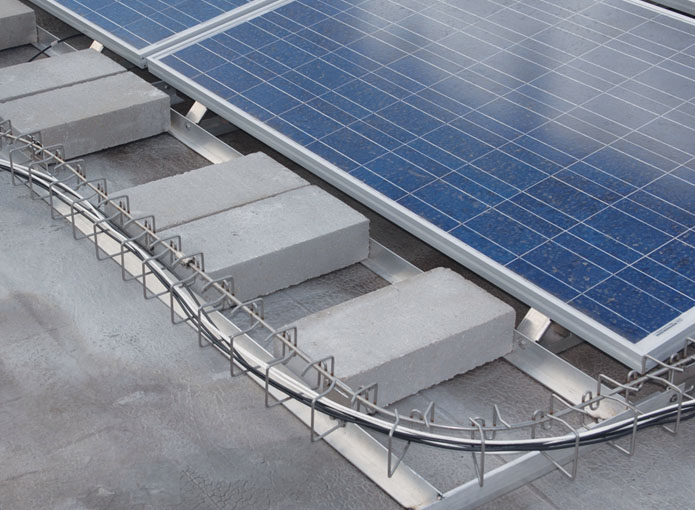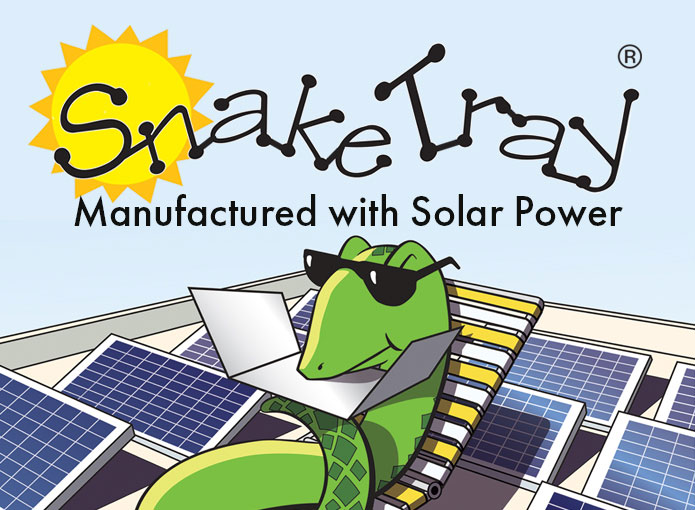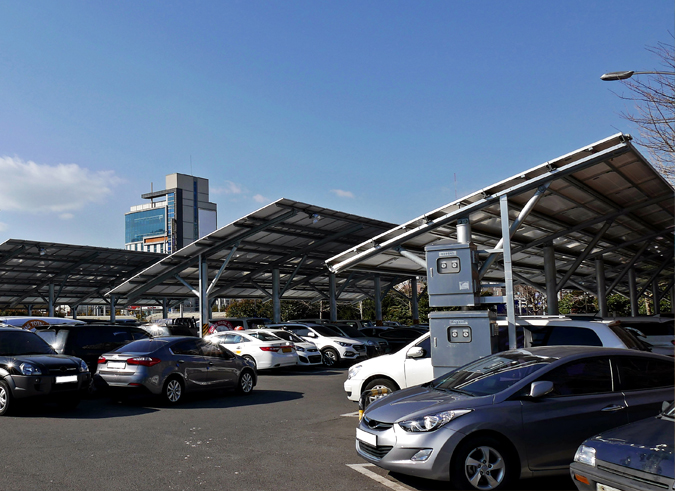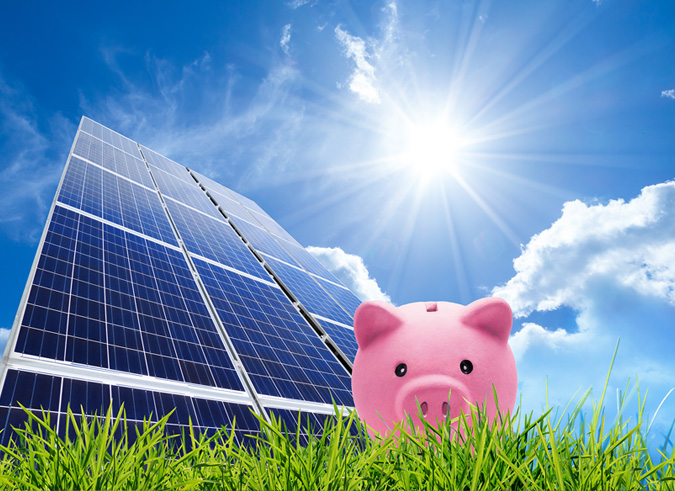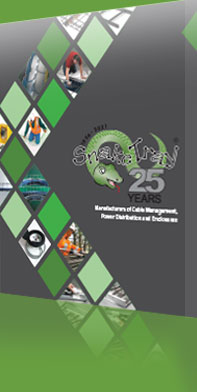Some utilities are producing so much renewable solar energy that supply is outpacing demand. They need to store that surplus electricity to power the grid with clean energy after sunset and to complement fossil fuel-based energy production during peak consumption periods or unplanned outages. To make that happen utilities are building battery energy storage systems (BESS) adjacent to the solar panel arrays and inverters that transform megawatts of DC current into usable AC power.
